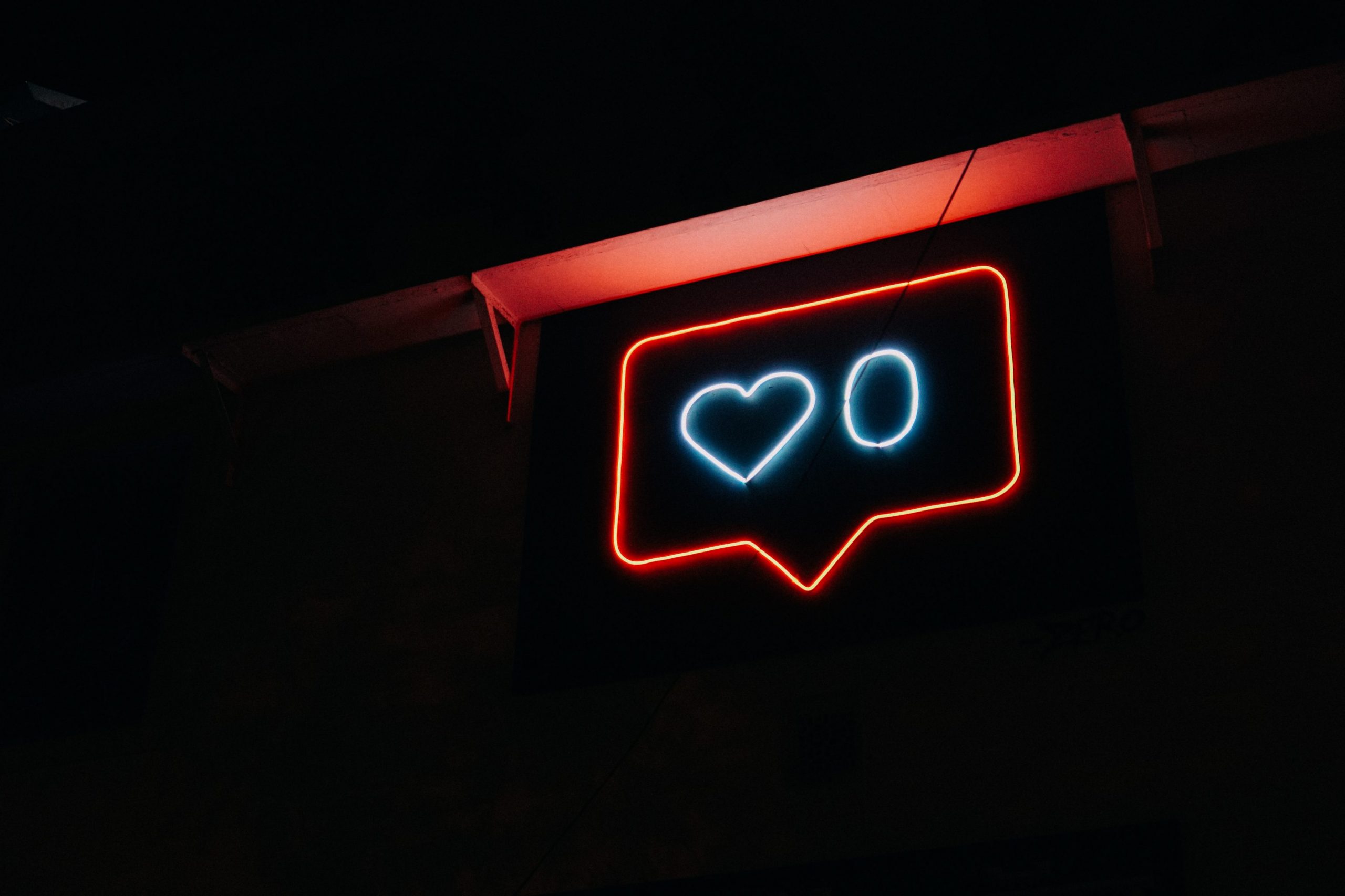
Whether it’s making stickers, scrawling into wet cement or a casual mention to strangers, increasingly more students are promoting their social media handles. “Tagging” used to mean spraypainting one’s name onto a wall, but now it applies to social media usernames.
Georgia State freshman Mia Gagel has had her Instagram account for about six years. This summer, Gagel custom-made stickers promoting her account and placed them around campus, on MARTA and more.
Gagel said that while she has a substantial number of followers, she feels that the attention is superficial. She created the stickers to attract potential followers and forge a more genuine community.
“Half my followers don’t really care about me; they’re just kinda here for entertainment,” Gagel said.
While she didn’t gain many followers, the stickers elicited responses from fellow Atlantans who enjoyed the stickers, and Gagel added that these messages made her feel appreciated.
“It was cool, like I had a real-life interaction with someone else without social media being the main medium,” Gagel said.
Georgia State freshman Ayana Happel runs a meme account on Instagram. Happel has had this account for about three years, collecting roughly 1,400 followers over the years.
Despite having a personal account, Happel says she treats her meme account as her primary page. She promotes her account by commenting on others’ posts, including a joke and encouragement to follow.
“I use [my] meme account more,” Happel said. “I think it’s because I can talk to people who like the same things as me. On my personal account, people usually talk to me because they think I’m attractive.”
Freshman Rachel Harper believes she is the funniest person on Twitter. Harper describes herself and friends as “fake clout chasers,” who ask strangers to follow them on Twitter and Instagram.
Harper says she likes making satirical or outrageous posts, calling herself “a troll on the internet.”
“I just like tweeting stupid stuff and people thinking it’s real, then fighting me about it,” Harper said. “The other day I was tweeting like, ‘I heard Thanksgiving is in March this year, I just wanna eat,’ or asking people what month Christmas is in, just random stuff like that.”
Despite the effort put into these accounts, each student has qualms with the use of social media.
Happel says she used to be “super-invested” in her Instagram page, leading to a year-long break from the app.
“I have to remind myself that people only post the good times; they don’t post the bad,” Happel said. “People lie all the time. I follow this one page … and it basically shows Instagram models and how a lot of times they don’t ever really look like their pictures.”
Gagel has taken breaks from social media as well but has now created a healthier relationship with the platforms.
Gagel says that at its best, Instagram allows her to keep up with artists who she idolizes. At its worst, social media creates an environment of competition.
“[Followers] were more about the numbers than people following me and actually being in the community and talking to you,” Gagel said. “Over time, that’s not healthy. Everyone has some struggle with social media now; it’s just a part of life.”
While social media use can have a dark side, frequent users still find some redeeming qualities.
For Harper, an account holder since seventh grade, Instagram serves as a personal time capsule.
“It’s like a diary for me,” Harper said. “A lot of the time, I’ll go back on my Instagram and see things I posted, and I can go back and think about what I was experiencing at the time.”
One thing’s clear: Whether it’s hated or loved, nearly everyone gets caught in the web.
